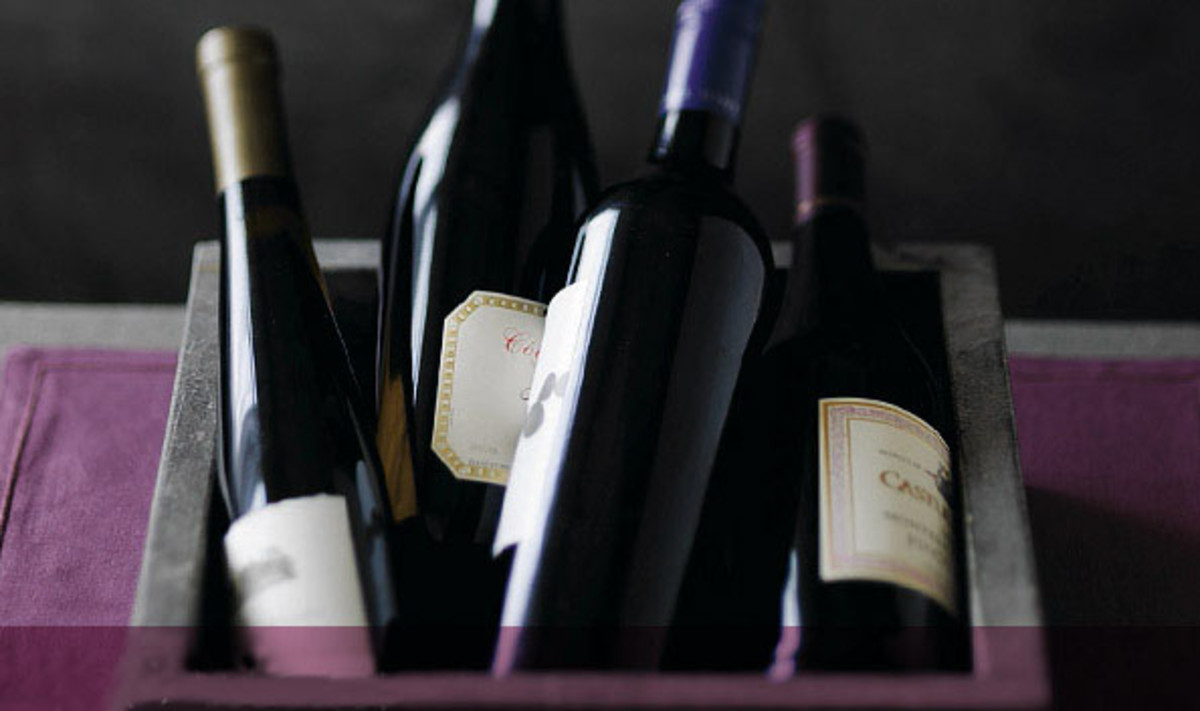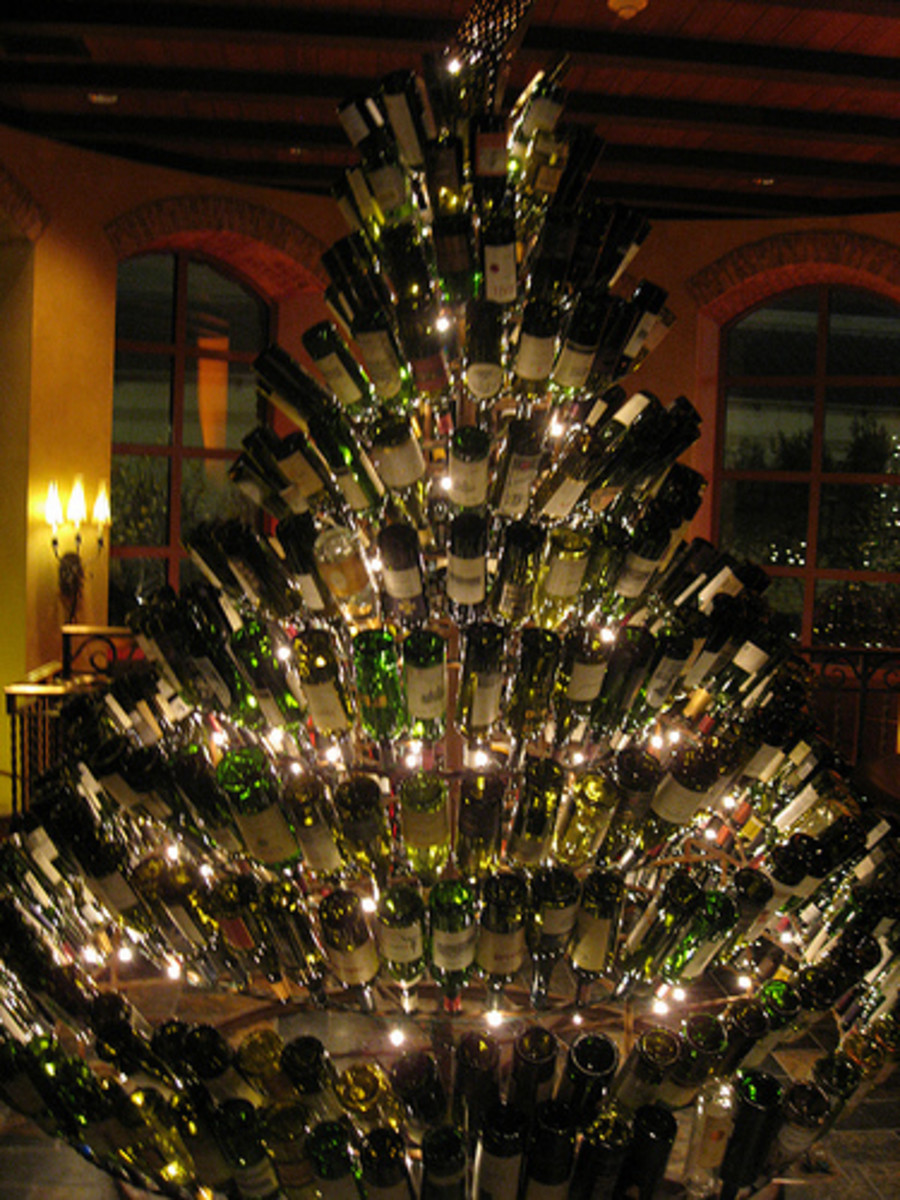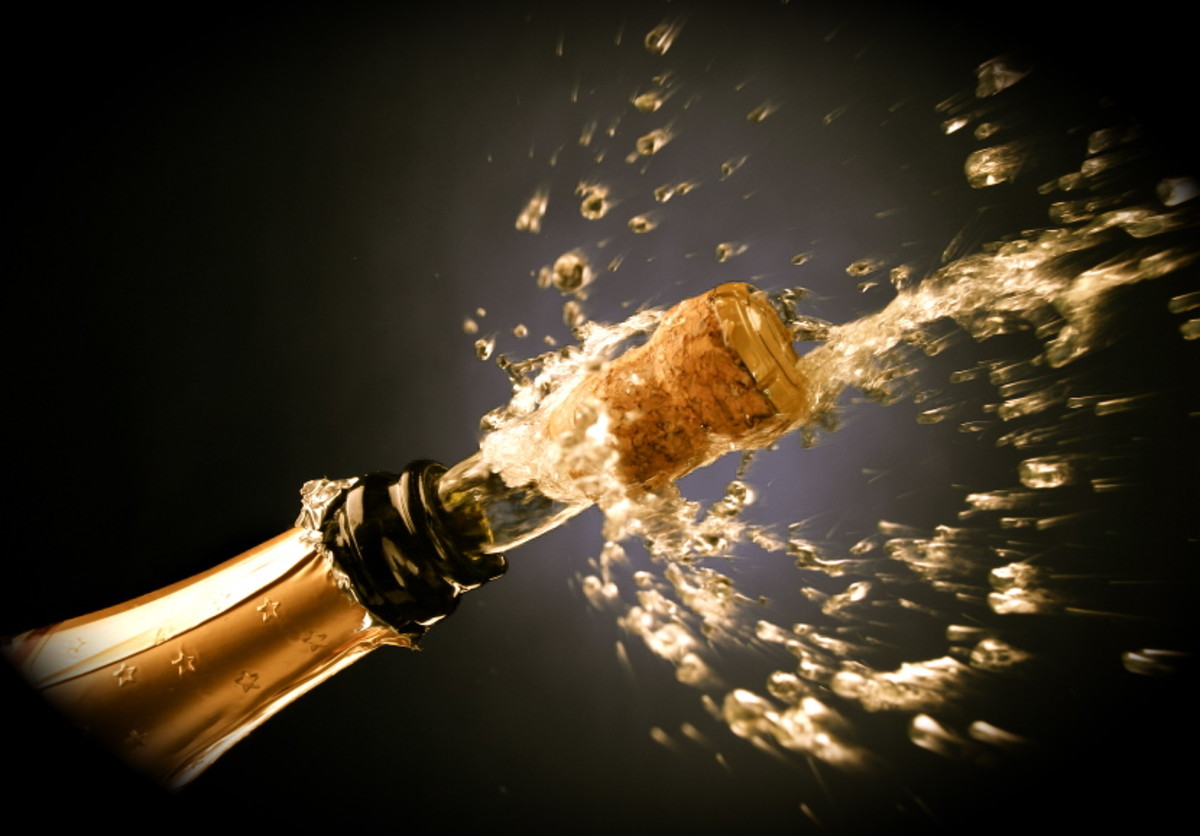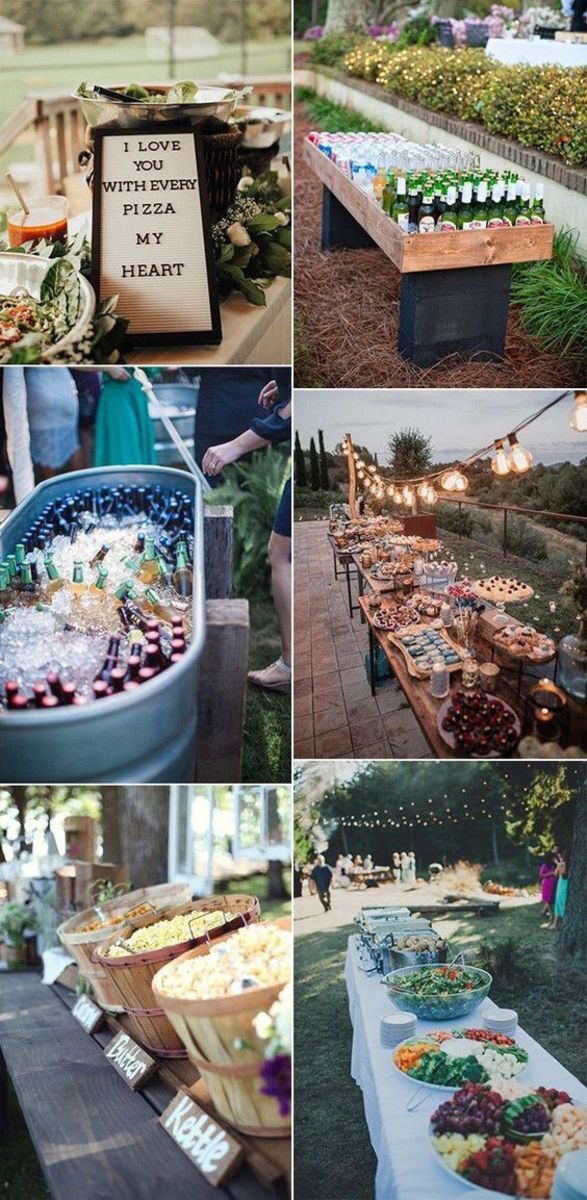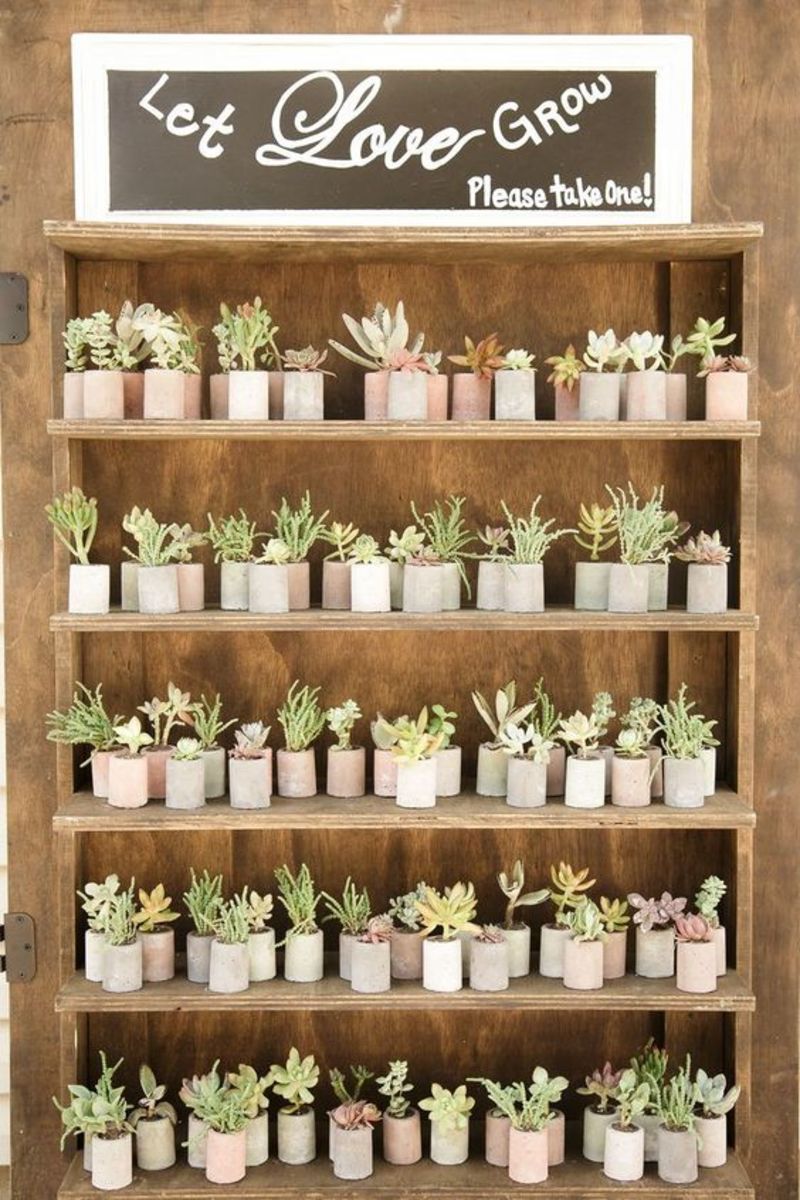The Ultimate Wedding Champagne Guide
The World Celebrates With Champagne
What would a celebration be without Champagne? An integral part of any festive occasion, Champagne or sparkling wine is particularly associated with weddings. Before ordering the bubbly for your wedding toasts, learn all about the history of Champagne, the premier brands, and the useful terms in this wedding Champagne guide.
First things first: only sparkling wine from the Champagne region of France can legally be referred to as “Champagne”. Everything else is simply sparkling wine. The Champagne province is located about 100 miles to the East of Paris, and consists of five districts: Aube, Côte des Blancs, Côte de Sézanne, Montagne de Reims, and Vallée de la Marne. The terroir (geographical characteristics which give a wine producing region its unique properties) of Champagne is much cooler than that of other renowned French vineyards such as those in Burgundy, resulting in grapes which are under-ripe, less sweet, and more acidic than those of other regions. In fact, you might say that necessity was the mother of invention when it comes to sparkling wine, as the vineyards of Champagne found it difficult for their still wines to compete with the full bodied wines of Burgundy.
Champagne is made from three grape varieties: Champagne, Pinot Noir, or Pinot Meunier, either alone or more commonly in some combination. Chardonnay is the grape of choice in the Côte des Blancs, Pinot Noir does well in the Aube and Montagne de Reims districts, and Pinot Meunier is the grape which is primarily grown in the Vallée de la Marne. Unlike still wine, when the dark Pinot grapes are used for Champagne, care is taken to minimize contact between the juice and the dark skins, so that the resulting beverage is light in color. Most Champagne is made from a blend of Chardonnay and Pinot Noir grapes. A Blanc de blanc is created entirely from Chardonnay grapes, the Blanc de Noir is made from Pinot Noir, Pinot Meunier, or both, and a rosé Champagne is made by adding a small amount of still red wine to the Champagne for color. Due to its popularity, rosé Champagne commands a premium.
Dom Perignon: "I Am Drinking Stars!"
The history of Champagne dates back to the Middle Ages. While it is a popular legend that the Benedictine monk Dom Pérignon invented the technique to make sparkling wine, its origins actually predate the birth of the famous monk by over 100 years. Churches in the Middle Ages owned vineyards and monks made wine to serve at religious services. The oldest recorded example of sparkling wine to come from the Champagne region was indeed made by a monk, just not Dom Pérignon. Called Blanquette de Limoux, the original bubbly was made in 1531 in the Abbey of Saint Hilaire. The signature effervescence of sparkling wine is created by a second fermentation period which is generally aided by the addition of small amounts of yeast and sugar. This turned out to be an ideal way to use the grapes from the Champagne terrior, and allowed the region to compete with its rival to the south, Burgundy.
Though he may not have been the first monk to ever make sparkling wine, Dom Pérignon is certainly the best known, and his fame is well justified. Born in 1638, when Dom Pérignon was granted the post of cellar master at the Abbey of Hautvillers, he declared it his intent to make the best wine in the world, and under his innovative leadership, the vineyards at the Abbey flourished. One of Pérignon's most important inventions was the wire cage which to this day surrounds all Champagne corks. Before that novel idea, bottles of Champagne were prone to exploding under the pressure of the fermented wine within, with corks flying off, and entire wine cellars liable to be decimated.
“I am drinking stars”.The excellent sparkling wine made by Dom Pérignon became a favorite of Louis XIV, the Sun King, and Père Pérignon, as the Champagne was called became a staple at the Court of Versailles. In fact, the Sun King is known to have taken a glass of Champagne with almost every meal, on the advice of his physician! The association of sparkling wine with royalty helped to elevate its status to the drink of choice for festivities. Even today, Champagne is associated with luxury, power, and festive occasions like weddings. The Champagne which we now know as Dom Pérignon was first made by Moet et Chandon in 1936 in honor of the famous monk.
Prestige Cuvee Champagne Is Top Of The Line
The Sun King was not the only monarch to appreciate a good glass of Champagne. Now very popular with hip-hop culture, Cristal Champagne originated as a private wine made by Louis Roederer exclusively for the Russian Tsar, starting in 1876. The story goes that the Tsar was paranoid and wanted his sparkling wine to come in a clear bottle with a flat bottom so that nothing could be concealed within his bubbly. The top-of-the-line Champagne was presented to the Tsar in specially made clear heavy crystal bottles, thus the name Cristal. It was not until the 1945 vintage that this legendary Champagne became available to the public.
Cristal is widely considered to be the first of the prestige cuvée Champagnes. The cuvées are the top of the line Champagnes from venerable houses. In addition to Cristal, other famous prestige cuvées include Dom Pérignon by Moet et Chandon, Comtes de Champagne from Taittinger, and Grand Siècle La Cuvée by Laurent-Perrier. The premier sparkling wines in the world naturally command prices to match. Some bottles of Cristal, for instance, retail for well over $500 and individual bottles have been known to fetch staggering prices at auction, such as a bottle of 1928 vintage Krug which sold for $21,200 in 2009.
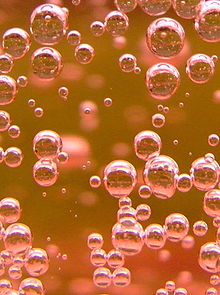
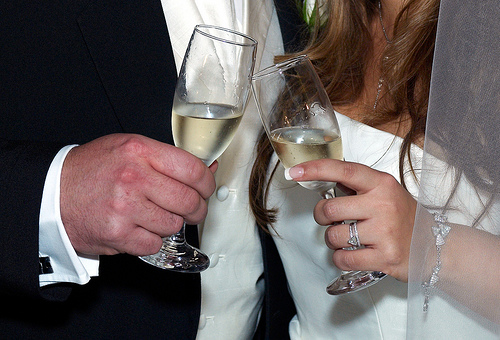
Selecting Wedding Champagne
Many of the world's premier brands of Champagne were established in the 18th and 19th Centuries and are still going strong today. Among these are:
1734: Taittinger
1743: Moet et Chandon (makers of Dom Pérignon)
1772: Veuve Clicquot
1776: Louis Roederer (makers of Cristal)
1811: Perrier-Jouet
1812: Laurent-Perrier
1827: Mumm
1843: Champagne Krug
Premier luxury sparkling wines will have prices to match. Most Champagne on the market is non-vintage, meaning that it has been blended from the grape harvest of multiple seasons. About 90% of Champagne on the market falls into that category. The thing which is particularly useful about blending grapes from several different years is that it allows the vineyard to create a product which has a consistent flavor year after year. When there is a particularly fine crop of grapes in a year, the house will make vintage Champagnes, which are bottled using grapes of which at least 85% are from that singular year. Non-vintage Champagne is allowed to age for at least 18 months; for vintage that time is three years or longer. Vintage Champagnes command a price which is approximately 50% more than the standard non-vintage (often abbreviated “NV”) sparkling wines.
When selecting Champagne to serve at a wedding or other festive occasion, the cost is likely to become a factor. There is a wide price range, starting at around $45 per bottle. The mid-range Champagnes include those such as Veuve Clicquot, Piper-Heidsieck, Moet et Chandon, and Taittinger. Rosé varieties from any of these houses will cost more, and if you get into the prestige cuvée blends, the cost multiplies very quickly. A brief survey of wine retailers will show that a bottle of Dom Pérignon starts around $150, and a bottle of Cristal around $200 or so. However, prices can quickly escalate for certain sought after vintage years or rosé Champagne. $300 would not be unusual for a bottle of rosé Cristal, while $500 and up is typical for a special vintage year. Suggested retails for very special bottles can run into thousands of dollars, though it is unlikely that many brides will be serving cases of Krug's Clos d’Ambonnay at their wedding receptions at $3500 a bottle.
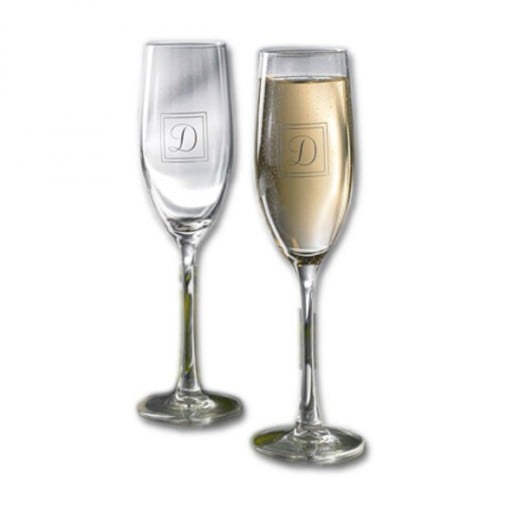
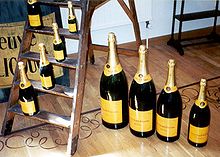
Serving Champagne
Champagne equals luxury, which is part of what makes it such a special part of an important day like a wedding. In general, most couples will serve the best Champagne they can afford to their guests, perhaps a mid-range non-vintage. It is a nice splurge if the bride and groom also selects a prestige cuvée to share with one another. Speaking of serving Champagne, it is best done in classic tall slender flutes which are specially designed to enhance the sparkling wine. In addition to looking elegant, the long stems of Champagne flutes keep the holder's hand away from the beverage, allowing it to remain icy cold. The other commonly used style of stemware for sparkling wine is the coupe glass, which has an open saucer shaped bowl. Though once popular, the coupe glass has fallen from favor for serving Champagne because it makes the sparkling wine go flat more quickly. Besides, the wide bowl makes for more spills, and who wants to lose even a drop of the precious wine?
There is other Champagne terminology which is very useful when making a selection to serve to guests. Champagne is available in a range of bottle sizes. If a couple is looking into buying sparkling wine for a crowd, it will often be a better price per litre to purchase the largest size available, as long as it will be poured quickly enough so that the bottle does not go flat. Not to mention which, it would be quite impressive to see the bartender hoisting a Nebuchadnezzar of Veuve Clicquot at the reception! By the same token, if a bride and groom's reception venue permits them to bring in their own alcohol, buying Champagne by the case may be a better value than by the individual bottle. A split of Champagne would be the right size if the bride and groom wanted to each have one glass of a very pricey vintage to share for toasting. The diminutive ¼ bottles would be the appropriate size for wedding favors or to include in individual wedding welcome baskets. These are the traditional bottle size designations from largest to smallest:
Nebuchadnezzar: 15 litres
Balthazar: 12 litres
Salmanazar: 9 litres
Methuselah: 6 litres
Jeraboam: 3 litres
Magnum: 1.5 litres
Full (the most common size): .75 litre
½: (also called a “split”) .375 litre
¼: .1875 litre
Sweeter Is Not Better
Another key Champagne terminology refers to the sweetness of the wine. When Champagne was first created, it tended to be much sweeter than what is popular in modern times. Perrier-Jouet was the first company to make Champagne without adding significant amounts of sugar, starting with its 1846 vintage. Brut wine, which is the most common now, was first created for export to the British market. The ultra sweet doux Champagne is rarely served, and would be considered more of a dessert wine than anything else. In order of driest (least sweet) to sweetest, these are the varying types of Champagne:
Brut natural
Extra brut
Brut (the most common)
Extra sec
Sec
Demi-Sec
Doux
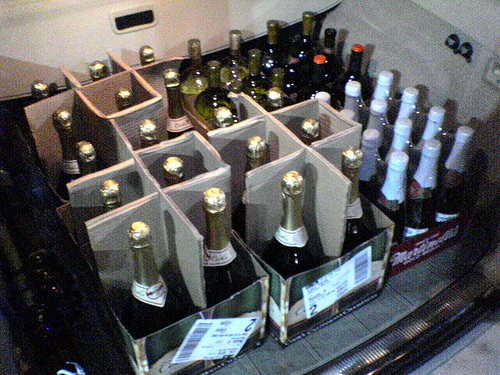
Other Domestic And European Sparkling Wines
As popular as Champagne is for wedding celebrations, the cost can be prohibitive for some brides and grooms. There are several popular alternative sparkling wines which are often served as festive, budget-friendly toasting drinks. Sparkling wine has been produced in California since the Korbel brothers opened their vineyard in 1892. Several of the premier French Champagne companies have also set up sparkling wine operations in California, such as Moet et Chandon's Domaine Chandon. Some of the higher end California sparkling wines can be a pleasant addition to a wedding when the budget does not allow for imported wine, although it is important to be careful to do a taste test; many of the strict regulations which ensure the fine quality of French Champagne are not present in other sparkling wine producing regions, and the quality of the product can vary tremendously from one brand to the next.
Many other regions of the world produce sparkling wines. As with California sparkling wine, the prices of these effervescent wines which are not from the Champagne region will be quite reasonable, usually in the $20 range or less. Prosecco is a dry Italian sparkling wine which has become quite popular as an alternative to French Champagne. It is available in both spumante (full sparkling) and frizzante (lightly sparkling) versions. From Spain comes cava, which is another sparkling wine. Perhaps best known to American consumers as the brand Freixenet, it would be an option for a budget-friendly sparkling wine for weddings, as it starts at around $10 per bottle.
There is no doubt that a wedding celebration simply would not be the same without everyone raising a glass of Champagne to toast the newlyweds. Whether it is reserved for a special toast or flows freely all night long, Champagne is an integral part of a wedding reception. From its origins in the abbeys of France, Champagne has become the ultimate symbol of luxury and celebration worldwide. Cheers!

